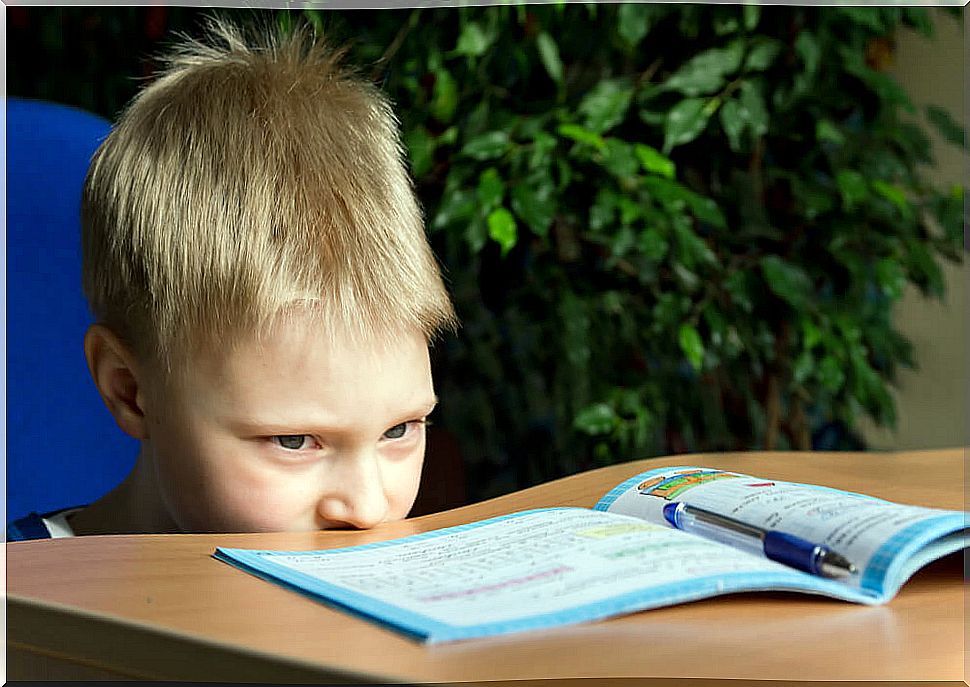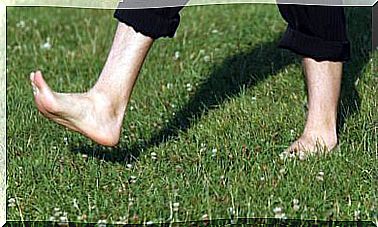Dysgraphia: Types, Causes And Treatments
Dysgraphia is a neurological disorder that makes writing difficult. This encompasses the general machinery of written transcription, that is, handwriting, typing, and spelling. It is estimated that 5% to 20% of young students have some kind of writing deficit, but the precise prevalence of dysgraphia is not known.
Most children have difficulty writing, as it is a skill that requires learning and practice. However, if a child’s handwriting is very confusing or his ideas are displayed out of order despite best efforts, he may have the disorder. Know everything about this condition.
What are the symptoms?
Dysgraphia impairs the ability to write, but it also modifies the coherence of written words. This is because if the child has to focus all his attention on the transcription, the ability to express concepts and ideas may become more laborious. Therefore, it is a disorder that makes it difficult to master writing in a general way.
The Understood.org portal shows us some of the most common signs of dysgraphia. Among them we find the following difficulties:
- Form letters correctly.
- Place spaces consistently between the letters on the page.
- Write in a straight line.
- Keep the size of the letters uniform throughout the text.
- Continuous erasure of written things.
- Complications in maintaining spelling guidelines: This includes incomplete words, misspellings, and placement or absence of letters.
In addition to the problems reflected on the paper, the child’s posture also says a lot about his writing ability. An infant with dysgraphia will grasp the pencil in an unusual way, take odd postures while writing, or orient the paper incorrectly.

Types of dysgraphia
As indicated by the Special Needs portal , there are several types of dysgraphia. We tell you about them in the following list:
- Dyslexic: spontaneous word formation is illegible, but copied sentences are often understood.
- Motor: caused by lack of motor skills and muscle tone. Phrases both own and copied are often illegible. Patients are able to form sentences, but it takes a lot of effort and dedication.
- Spatial: as the name suggests, the child is not able to understand the concept of spacing, so he puts sentences together and has trouble maintaining line spacing and margins. In any case, the sentences are understandable and the letters follow a coherent order.
- Phonological: characterized by difficulty in writing and spelling complex new words. These children are not capable of memorizing phonemes.
- Lexical: it is a very rare form of dysgraphia in which words that are written as they sound are well understood, but not irregular ones. It is more common in the English and French languages.
What is the cause?
Finding the cause of dysgraphia in children can be challenging. However, if it is acquired in adults, it can be due to brain damage, tumors, strokes and other events that involve the brain.
There are two major suspects for dysgraphia in children: neurological and motor motives. The first case does not have to be serious, because sometimes there are certain slight imbalances that prevent the correct ordering, which makes it difficult for the child to communicate in writing. Various pathologies have been associated with dysgraphia, such as attention deficit hyperactivity disorder (ADHD).
The psychomotor or motor causes can be a little more delicate, since there are various congenital diseases that cause progressive muscular dystrophy, for example.
How is dysgraphia diagnosed?
The ADDitude portal , specialized in ADHD, reveals that the diagnosis of dysgraphia is carried out in a standardized way through the evaluation of the Specific Learning Disorder (SLD) . For an infant to enter within the named criteria, they must meet the following 4 pillars:
- Exhibit at least 6 of the standardized symptoms that hinder learning for at least 6 months.
- Show significantly reduced academic abilities compared to the rest of the peers. This has to hinder their performance in school.
- The difficulties must have started in the school environment, although they become more effective in the work stage.
- Other possible diseases, such as blindness, must be ruled out.
Treatment
Dysgraphia is a pathology that will accompany the infant throughout his life and has no cure. The approach, both at school and at home, is to encourage practice and skills development. However, the condition cannot be fixed with medicine or surgery.
However, just because it is permanent does not mean that it cannot improve. In these cases, occupational therapy is often recommended, in which therapists will help the child to write better and adopt more effective postures. In addition, the school must provide special educational cycles according to their needs.

Tips to improve your writing
To close, we show you some tips that can be applied in a child with dysgraphia to make things easier for him. The LDonline.org portal presents many options:
- Give the child a paper with established lines, so that it is easier for him to follow a coherent structure in writing.
- Allow him to try different types of pen and pencil, until he finds one that he is comfortable with.
- Begin the writing process with the infant, expressing ideas in the form of drawings and recordings.
- Teach the child various writing techniques and verb tenses. He can accommodate whoever is easiest for him.
- Reduce the task of copying sentences, as it is better to promote autonomy and practice.
Dysgraphia is chronic, but it’s about
Summarizing the particularities of dysgraphia in a few lines is a challenge, as it is a very complex and varied clinical entity. If you have dysgraphia or your child shows signs of it, we advise you to review the pages already cited, especially as regards the approach to the home.
Just because dysgraphia is lifelong does not mean that it cannot be treated. Therefore, therapy and practice will be the best allies for a child who presents it. With patience and dedication, the patient can achieve a certain degree of autonomy when writing.









